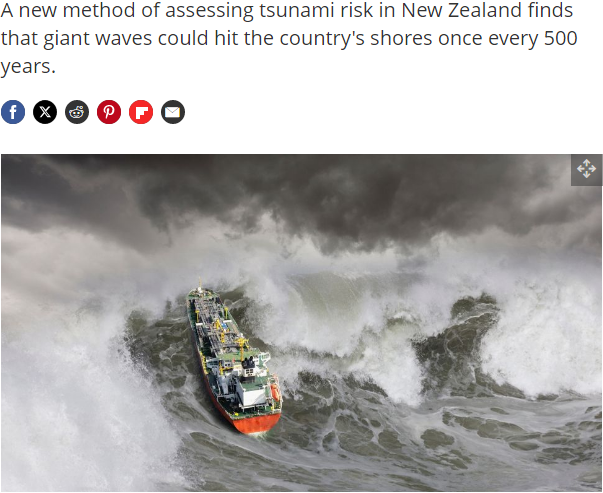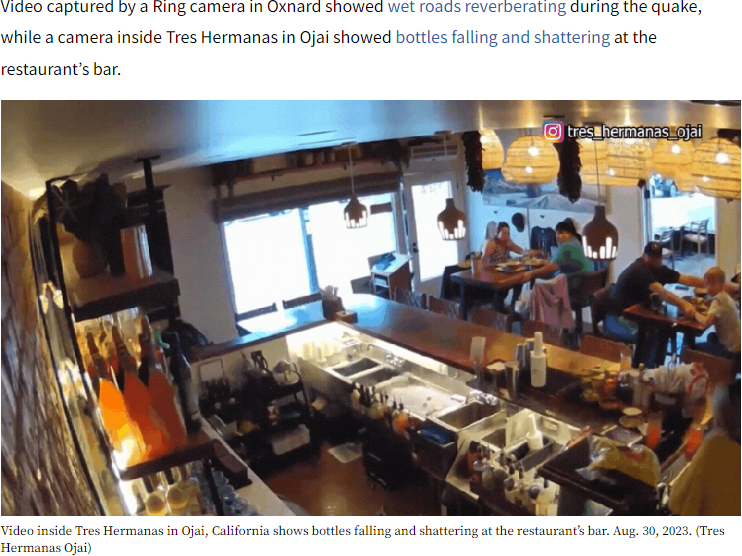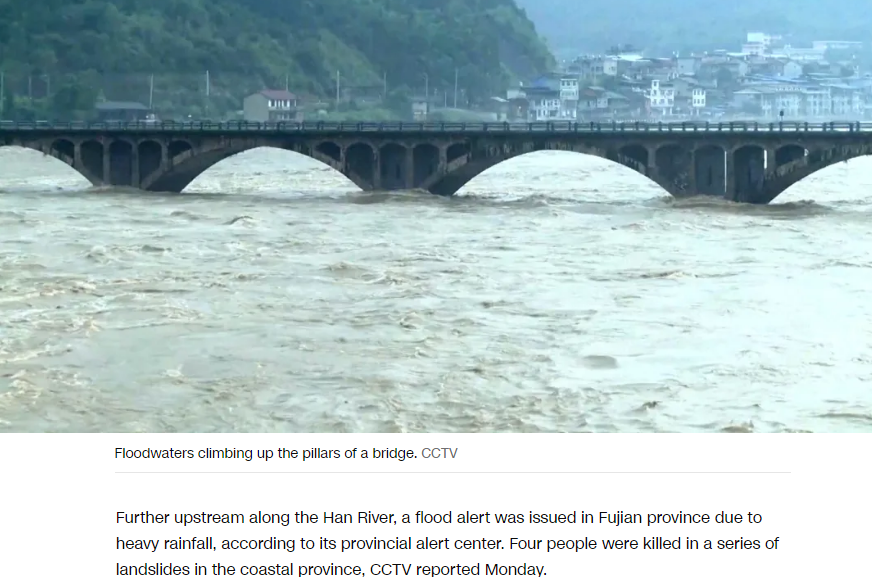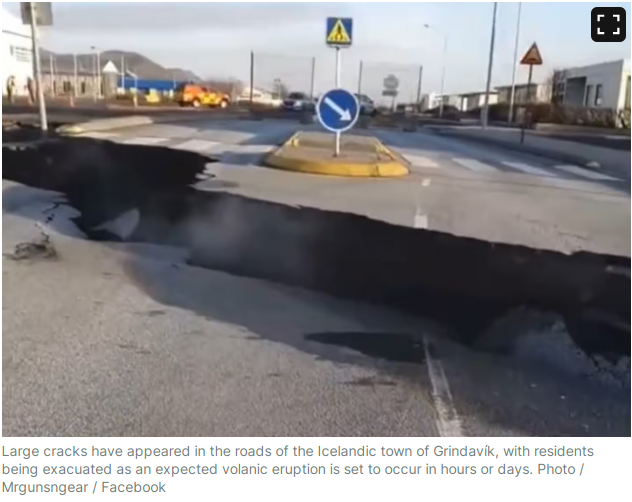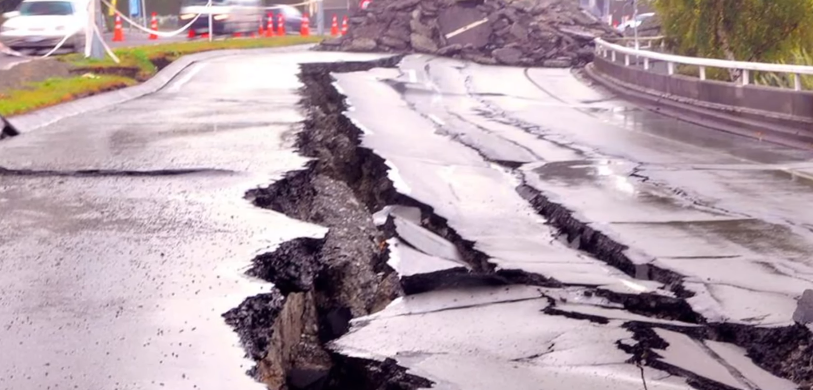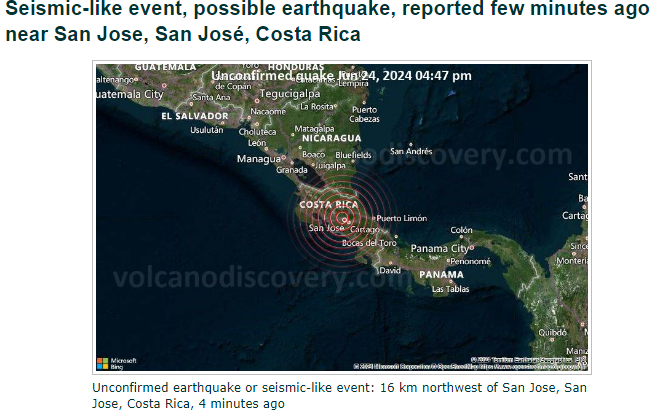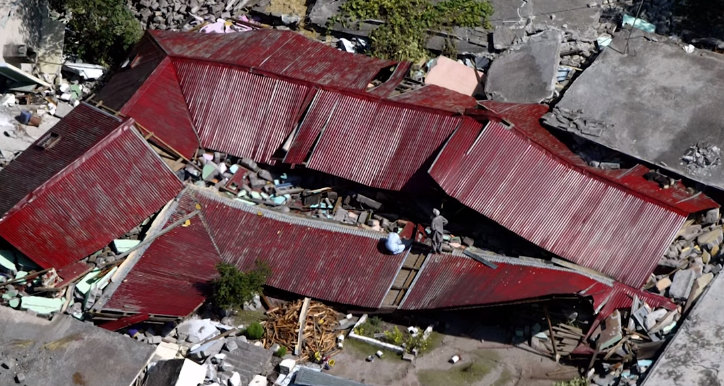As we head into the summer months, it’s important to be aware of the potential for coastal flooding in certain areas. In this article, we’ll take a closer look at Coastal Flood Warnings and what they mean for those living near the coast.
What is a Coastal Flood Warning?
A Coastal Flood Warning is issued by the National Weather Service (NWS) when coastal flooding is expected to occur. This type of warning is typically issued when there is a combination of high tides, strong winds, and heavy rain that can cause flooding in coastal areas.
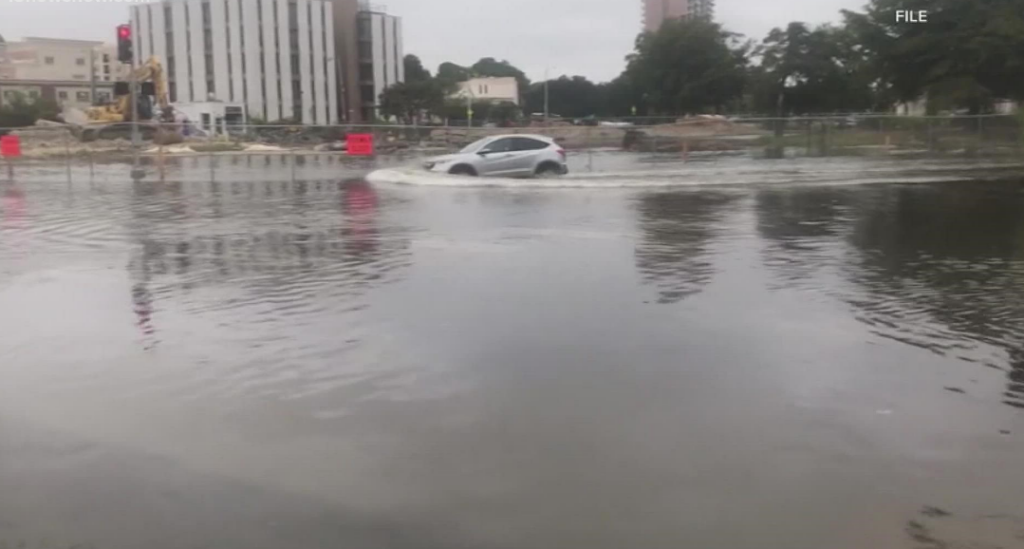
When is a Coastal Flood Warning Issued?
A Coastal Flood Warning is typically issued when coastal flooding is expected to occur within the next 12 to 36 hours. This gives residents and businesses time to prepare for the potential flooding and take necessary precautions to protect their property.
What Areas are Affected by Coastal Flood Warnings?
Coastal Flood Warnings can be issued for any coastal area that is at risk of flooding. This can include areas near bays, estuaries, and other bodies of water that are connected to the ocean. In the past, Coastal Flood Warnings have been issued for areas along the East Coast, West Coast, and Gulf Coast of the United States.
What Should You Do During a Coastal Flood Warning?
If a Coastal Flood Warning is issued for your area, there are several steps you can take to prepare:
- Stay informed: Keep up-to-date with the latest forecasts and advisories from the NWS. You can sign up for emergency alerts from your local government to receive notifications about Coastal Flood Warnings and other hazards.
- Move valuable items to higher ground: If you live in a low-lying area that is at risk of flooding, consider moving valuable items to higher ground. This can include important documents, electronics, and other items that could be damaged by water.
- Secure outdoor items: Make sure to secure any outdoor items that could be damaged or become projectiles during a storm. This can include patio furniture, grills, and other items.
- Avoid driving through flooded areas: If you do need to drive during a Coastal Flood Warning, avoid driving through flooded areas. Just a few inches of water can cause your vehicle to stall or become stuck.
- Evacuate if necessary: If you are told to evacuate, do so immediately. Follow the instructions of local authorities and have a plan in place for where you will go and how you will get there.
Coastal Flood Warning vs. Coastal Flood Advisory
It’s important to note the difference between a Coastal Flood Warning and a Coastal Flood Advisory. A Coastal Flood Warning is issued when coastal flooding is expected to occur and can pose a threat to life and property. A Coastal Flood Advisory, on the other hand, is issued when coastal flooding is expected to occur but is not expected to be life-threatening.
| Coastal Flood Warning | Coastal Flood Advisory |
|---|---|
| Coastal flooding is expected to occur and can pose a threat to life and property. | Coastal flooding is expected to occur but is not expected to be life-threatening. |
| Residents and businesses should take necessary precautions to protect their property. | Residents and businesses should be aware of the potential for coastal flooding and take precautions as necessary. |
| Issued when coastal flooding is expected within the next 12 to 36 hours. | Issued when coastal flooding is expected within the next 12 to 36 hours. |
Coastal Flood Warning Examples
Here are a few examples of Coastal Flood Warnings that have been issued in the past:
- North Bay, California: In June 2024, the NWS issued a Coastal Flood Warning for the North Bay area of California, including Sonoma and Marin Counties. The warning was issued due to the potential for coastal flooding near the coastal and interior portions of the counties, including areas such as Corte Madera.
- New York City: In April 2024, the NWS issued a Coastal Flood Warning for Queens South from 3AM to 7AM Wednesday, April 3 and Queens North and the Bronx from 4PM Wednesday, April 3 until 10AM Thursday, April 4. The warning was issued due to the potential for inundation of 1.5-2.5ft above ground level in those areas.

Conclusion
Coastal Flood Warnings are an important tool for keeping residents and businesses safe during times of potential coastal flooding. By staying informed and taking necessary precautions, you can help protect your property and keep yourself and your loved ones safe. If you live in a coastal area, be sure to stay up-to-date with the latest forecasts and advisories from the NWS and have a plan in place for potential coastal flooding.

